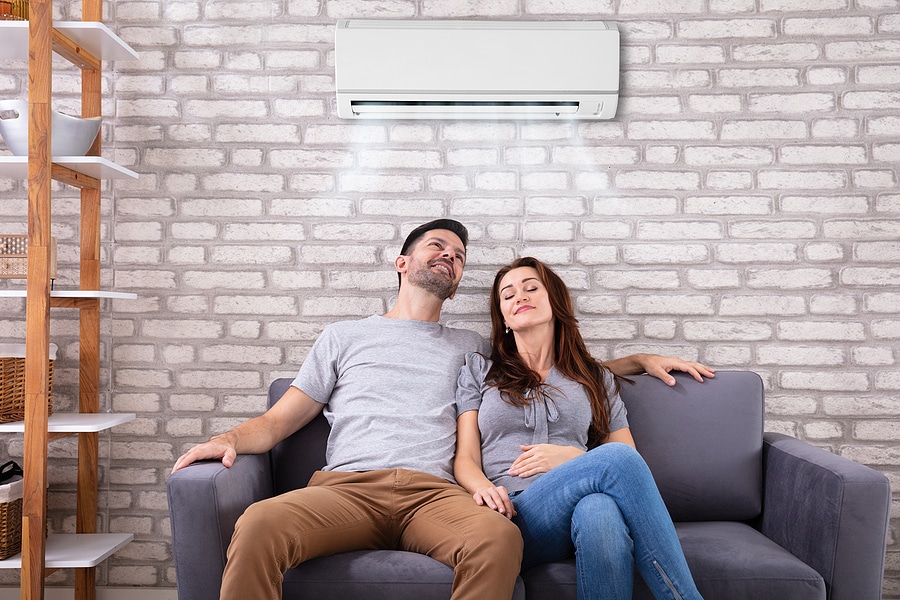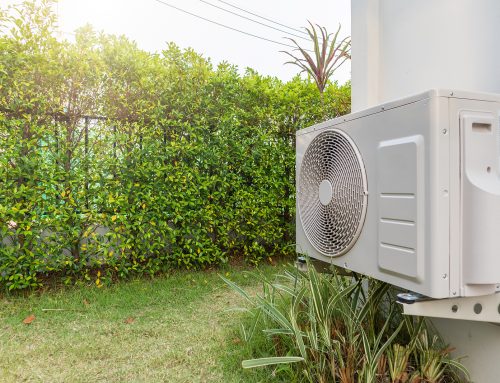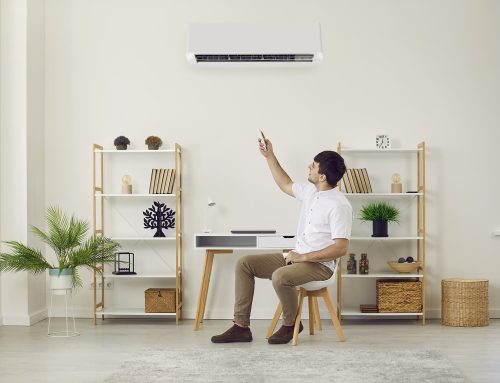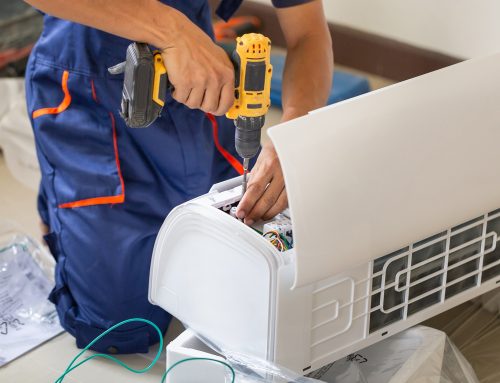There are a lot of things that go into choosing the best split system air conditioner for your home:
- Power
- Brand
- Features
These are just some of the things that homeowners in Brisbane need to think about when planning split system installation.
However, it isn’t just the system itself that requires a lot of thought – another thing you’ll need to think about is placement!
Split system air conditioning placement can have a huge impact on its effectiveness and power, as well as its ability to keep you comfortable (and that’s without considering the installation challenges too).
So, where should you place a split system air conditioner?
Split system air conditioner placement: an oft-overlooked part of system design
We talk a lot about system design, and for good reason: it’s the key to ensuring you get the perfect system for your needs, and the most comfortable home.
During the system design process, we look at a lot of different things:
- Room volume
- Ceiling height
- Windows
- Insulation
- Equipment and appliances
- Room layout
- Budget
These factors are applicable to not only split system installation, but ducted systems, too. While many companies stop with room volume, our comprehensive approach ensures that everything is taken into consideration.
And that includes air conditioner placement.
Alongside each of the factors above, where you place a split system air conditioner can have a dramatic impact on your comfort, which is why we take it into account when it comes to split system installation for your home.
Where should you place your split system air conditioner?
As a general rule of thumb, the best place to install a split system air conditioner is:
- High up, close to the ceiling
- Near the middle of the room
- On an exterior wall
We all know that warm air rises – when it does so, cool air is pushed down.
A high location near the ceiling counters this effect, ensuring that the air near the ceiling is just as cool as the air near the ground.
Likewise, a central location also ensures consistency by ensuring that cool air spreads evenly throughout the room, instead of it all settling in one particular section.
The first two of these rules ensure consistency, and help ensure that cool air is distributed evenly throughout the room. This, in turn, helps to improve the unit’s efficiency.
No matter which part of the room you’re standing in, you’ll experience the same comfortable, cool temperature.
And the third rule reduces the complexity of the job, allowing us to complete your split system installation sooner, with fewer complications and often at a slightly lower cost as well.
Installing your split system on the exterior walls means less wiring and tubing between the indoor and outdoor halves of your split system, which in turn means a faster, less problematic installation process.
Compare this to an interior wall, where we might have to run tubing and wires through your ceiling in order to connect the indoor and outdoor units.
While it can be done, it’s often more complicated. Did you know? If you’ve previously had a split system installed but are unhappy with its placement, it may be possible to move your internal unit.
Exceptions to the rule
Of course, as with all rules, there are exceptions.
In many circumstances, our first choice of location might not be feasible for a range of reasons…
No exterior walls are available
In the vast majority of situations, your split system will be installed on exterior walls, for one simple reason: it’s easier.
While it’s possible to mount them on interior walls, we typically try to avoid it whenever we can in order to speed up the job and bring down the cost.
Of course, there are some instances where that simply might not be possible:
- Some rooms have no exterior walls
- You live in an apartment, duplex or adjoined property
- The room features large floor-to-ceiling windows instead of walls
- Feature walls and existing decorations
In these cases, the only option might be to install your split system on an interior wall.
Obstacles
Of course, installation challenges aren’t the only thing we need to look at when deciding where to install your split system – we also need to think about airflow, as well as any obstacles that may impede airflow.
Maintaining airflow is one of the most important things when it comes to split system installation. After all, the last thing you want is one part of the room to be cool, while the rest of it is still uncomfortably hot!
While height can overcome some obstacles, there are some that might force you to reconsider your split system placement:
- Half walls
- French doors
- Dividing walls
- Columns
Each of these architectural features can obstruct airflow, and result in some parts of your room warmer than others.
When choosing a place to mount your split system, we need to consider these factors. If there’s an obstruction, then the usual rules of thumb may not apply.
Room usage
One of the things that sets apart our approach towards system design from others is how we incorporate the way you use your property into the process.
As part of that, we look beyond the “usual suspects”, instead thinking about what position best accommodates your habits and routines.
For an example, let’s use bedrooms, as this is one area where the usual rules don’t always apply.
Placing your split system centrally often means installing it directly over your bed – while this sounds like the ideal situation, the truth is that oftentimes it can lead to you being blasted with more cool air than you bargained for!
That’s just one example of how split system placement needs to accommodate for your comfort.
Appliances
If you put your split system too close to the kitchen, a lot of the heat from cooking might trigger the thermostat in your air conditioner, causing it to go off when you don’t really need it to.
While it isn’t as big a problem as some of the other considerations mentioned here, it’s yet another thing to think about when deciding where to install your split system.

You’re not choosing a wall-mounted indoor unit
So far, we’ve been focusing on wall-mounted split systems – after all, this is the most common form split system air conditioning systems take.
However, it isn’t the only option you can choose for your split system air conditioning.
In addition to wall-mounted systems, split system air conditioners can also come in:
- Ceiling cassettes
- Bulkheads
- Floor consoles
These options offer variety and can be used to make your split system air conditioning harder to notice.
However, they also change the equation when it comes to finding the perfect place for split system installation.
Split system installation Brisbane
Our air conditioning team looks at all of this – and more – when performing split system installation
It’s this attention to detail that makes us the best team to choose for air conditioning in Brisbane!
Combined with our experience (31 years and counting) as well as our extensive catalogue of powerful systems from reputable brands like Mitsubishi Electric and Daikin, and it’s clear to see why we’ve earned such a good reputation.
Don’t just take our word for it, though – get in touch with our mobile tech team yourself to experience the Tri-Tech difference!
If you’re interested in air conditioning Brisbane, including installation and repairs, give our team a call on (07) 3394 0222 or click here to get in touch online.










